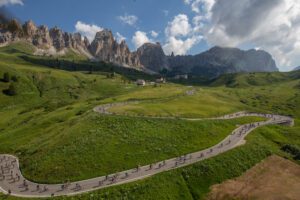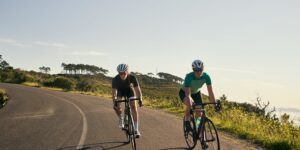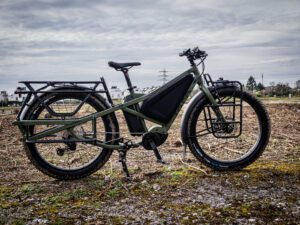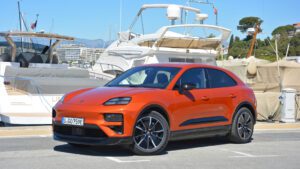Tour de Cuisine: why cycling nutrition matters
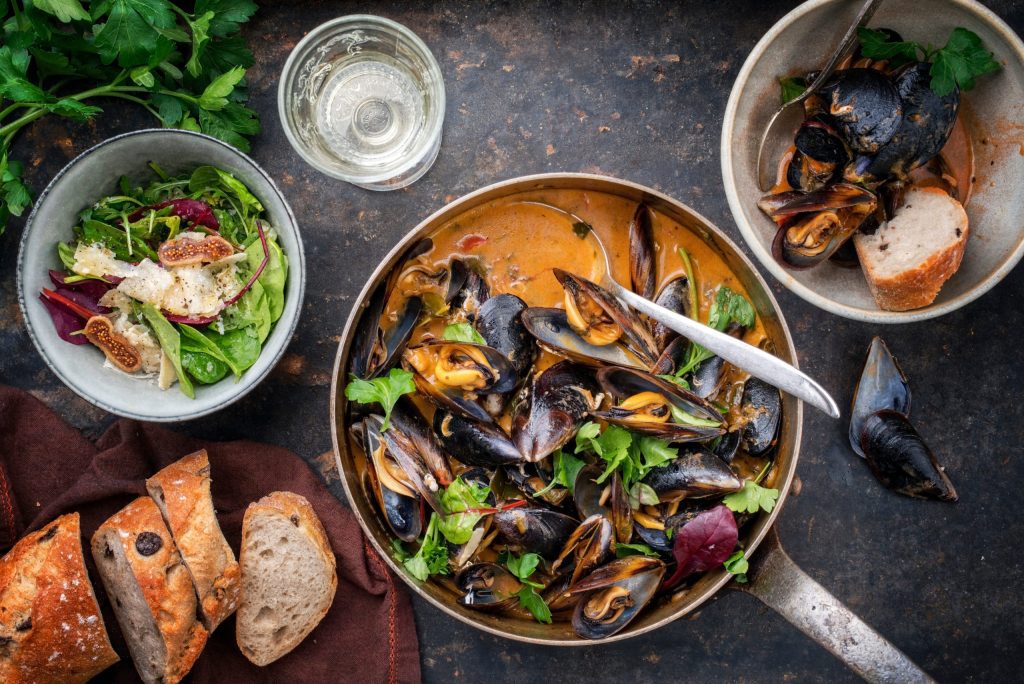
The Tour de France is finally underway for another year. All preparation and training is out of the way, and all that’s left is the race.
A vital part of the riders’ preparation leading into the biggest bike race in the world is diet; no doubt they will have been on a strict meal plan with every calorie accounted for. Now, if you’re preparing for one of the biggest sporting events in the world then it stands to reason that you need to be eating the correct thing and maybe possess a ‘my body is a temple’ complex. When teams and sponsors put so much money into riders being successful at the Tour de France they aren’t going to leave their riders’ diet to the Campanile staff! That’s why food trucks and full time chefs now accompany virtually every team at the Tour.
However, for the readers of this and myself included, we are not professional cyclists (I’m guessing) and we are not bound by watts per kilo or body fat percentage, so we can indulge in the stunning local cuisine that the race has to offer as we wind our way through France. This is the Tour de Cuisine.
Copenhagen
The race started in the Danish capital with a 13.2 km individual time trial. Copenhagen is a stunning cultural city and should be on everybody’s European must-see list. Nyhavn, a 17th Century port is a must see, with the iconic multi-coloured buildings standing on the side of the harbour, lined with traditional fishing boats, yachts and dozens of seafood restaurants. As for of our first gastronomic highlight, Copenhagen is famous for its open-faced sandwiches or Rugbrod.
There is no strict recipe when it comes to open sandwiches, in fact it is said to be more a way of eating rather than a dish. However with the Baltic sea literally on the doorstep, seafood has been popularised and many open sandwiches feature fresh prawns, salmon and other fish.
Landing in France
Moving on to stage 4 and the first time the race covers French soil, the stage started in Dunkirk, a region of France whose cuisine is heavily influenced by its Flemish neighbours. Here you’ll find rich, hearty food that warms the soul after a long day in the coastal air. Like many regions of France, Dunkirk prides itself on its varied and characterful cheese selection, in particular a strong cow’s milk cheese called Maroilles which when paired with local endive makes the region’s tart, Flamiche, a kind of cheese and leek tart.
Along with this fine food, nobody leaves Dunkirk thirsty as the region offers a selection of artisanal beers. If you’re in the area, get yourself to a coastal food truck or harbourside restaurant for fresh moules-frites (mussels and chips) to pair with your beverage. Nothing can beat fresh mussels straight from the sea paired with piping hot and salty french chips, and no doubt a healthy portion of mayonnaise on the side? Perfection.
Alpine cheese
Stage 12 sees the race finish atop the infamous Alpe d’Huez, the battle ground for some of the most famous duels in Tour de France history. Riders will have pushed themselves to their limits taking on one of the toughest cycling climbs, and it’s sure to be a thrilling stage. However, they probably aren’t going to be dining out on any of the local Alpine food as stage 12 is still a long way from Paris! Unlucky for them, as Alpine food can be characterised with one ingredient – melted cheese.
Cheese is a staple in Alpine cuisine, tasked at filling you up after a long morning hike and sending you on your way full, satisfied and two stone heavier! There are many ways to get your cheese fix in the Alps: Tartiflette, an indulgent dish consisting of Reblochon cheese with potato and bacon lardons baked in the oven until it becomes a single oozing mass of indulgence. Similarly, Raclette is another dish consisting of a metric tonne of melted cheese, accompanied by as much bread and potatoes you can eat.
If you wish to sway away from purely cheese-based dishes then give Diot a try, a local sausage that comes in a number of varieties, whether that’s cured, smoked or made with herbs and vegetables, and is often cooked in red wine for a sumptuous meal. It can be served with a side dish of potato gratin, which is essentially, you guessed it, melted cheese and potato. Yum.
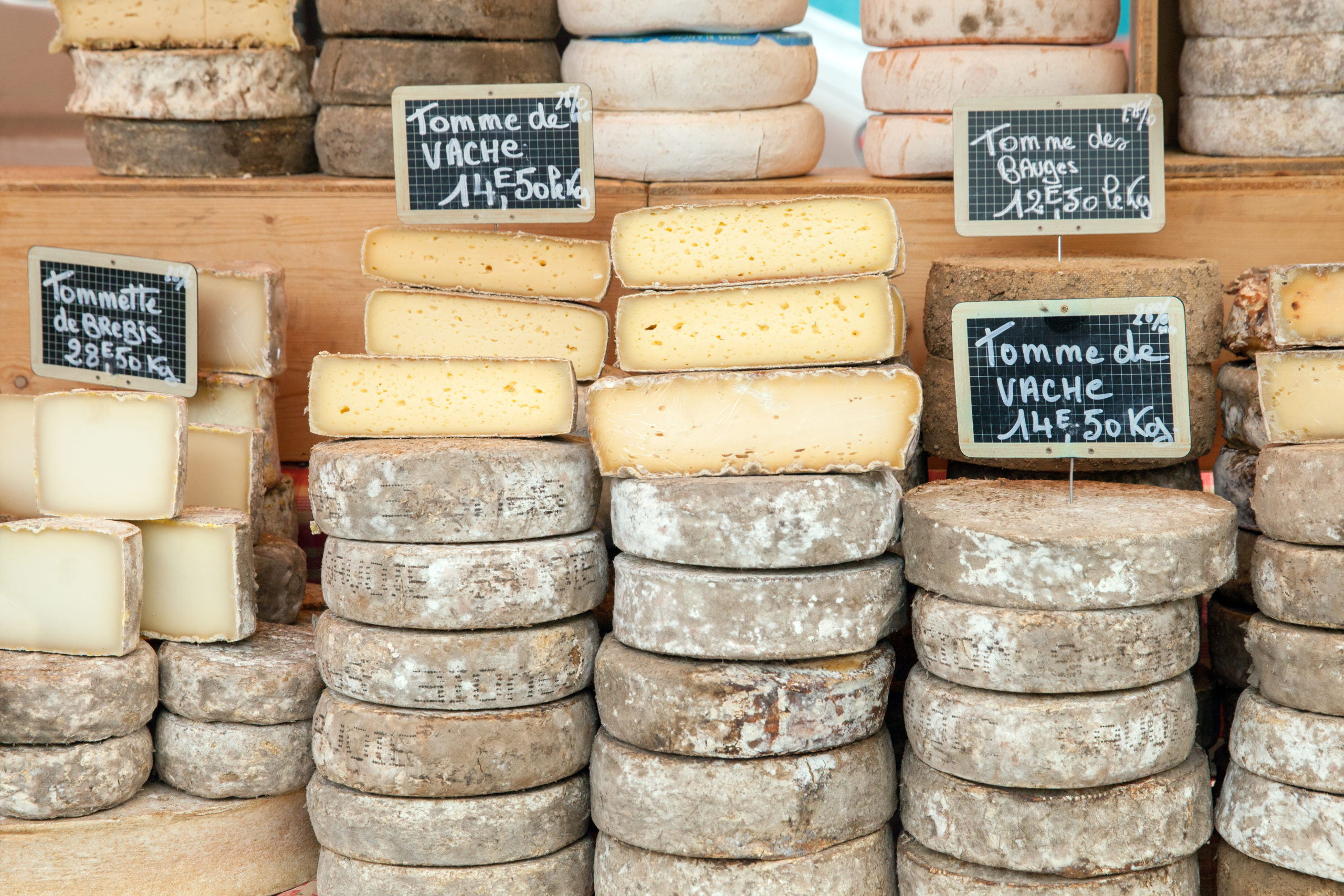
Wine country
As we leave the mountains considerably heavier and steamroll our way towards Paris, we make a quick stop in Rocamadour for the conclusion of Stage 20’s ITT, where the Tour de France champion will be all but crowned. The Dordogne is a hearty region of France, known for its heavy, sumptuous stews like cassoulet, made using the fattiest duck or goose and local sausage, paired with vegetables and beans and cooked low and slow with red wine. It’s an indulgence you must allow yourself if visiting the region.
It’s amazing that we’ve reached stage 20 of the race without mentioning wine – I know, sacrilege. However, the Dordogne does have some stunning wine, and some of the best known are full bodied, characterful reds like Merlot and Bergerac which give you a real smack of flavour. As we’re so close to Paris maybe even the riders will enjoy a local tipple at the dinner table.
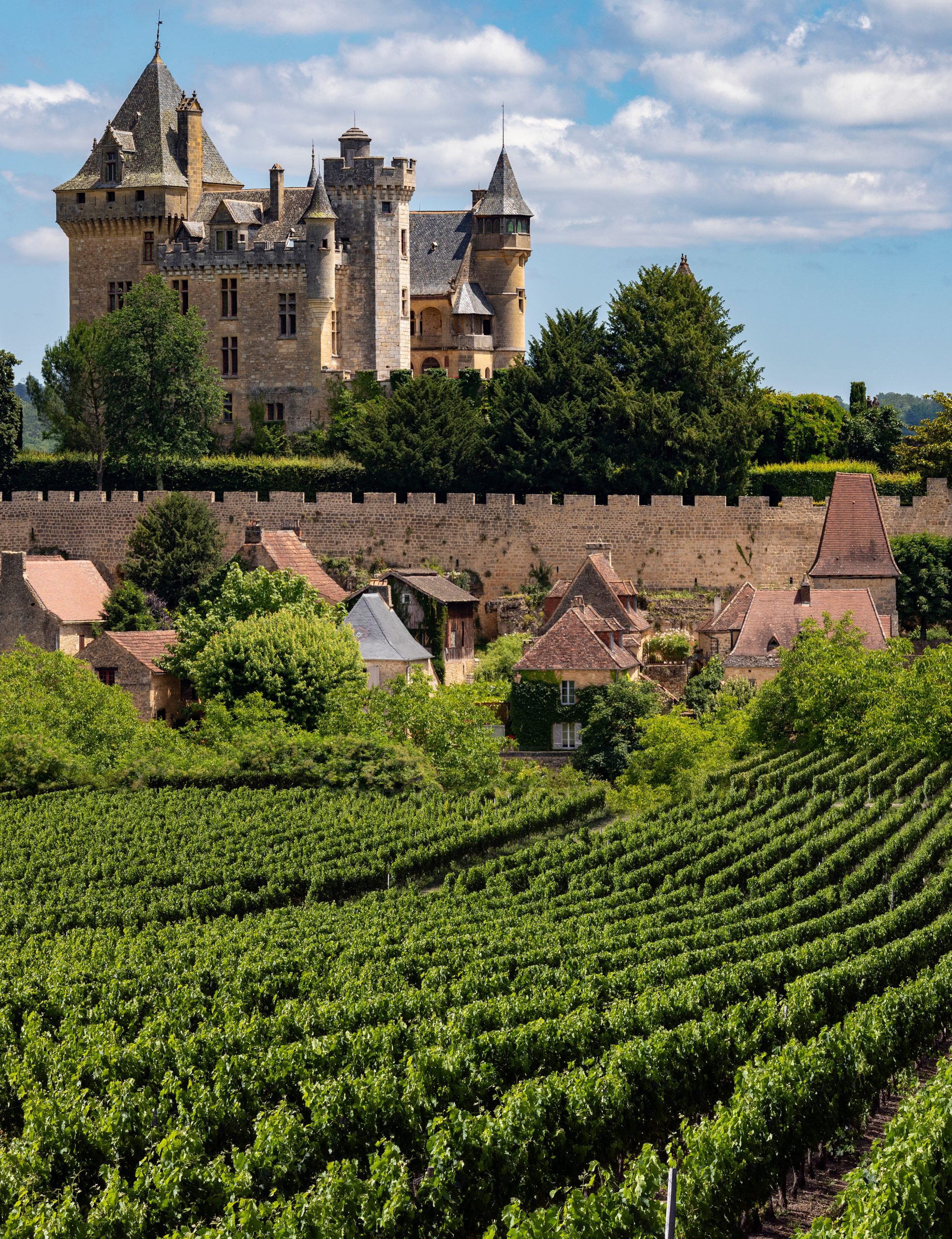
Last stop, Paris
Finally, we arrive in Paris after 21 days of hard fought racing (and eating if you’ve been following this guide). There’s nothing more than a few laps of the Champs-Élysées, a thrilling final sprint and then the crowning of the overall winner. Paris is a stunning setting for the finish of a bike race, but is obviously a cultural icon as well and contains some of the best restaurants in the world. I could try telling you to dine out in some fancy establishment but ultimately there are too many for me to choose from. I would, however, like to shine a light on the humble ‘jambon beurre’, literally just ham and butter on a baguette, but still a gastronomic icon of Parisian street food. Although a seemingly simple dish, the devil is in the detail. Only the freshest baguettes are used – we all know the scene from Ratatouille – and paired with the finest ham and butter to make Paris one of the only cities where a sandwich can rival a hamburger. It’s simply the perfect lunch or snack for spectators lining the streets of Paris as the Tour de France reaches its legendary climax.
Simple though it is, this is the perfect finale being an icon and a staple of French culture, just like the Tour de France. The race is now one of the biggest sporting events in the world, attracting huge numbers of viewers the world over, and the money involved is tremendous. But when you boil it down to its essence, the Tour is just people riding bikes – nothing more, nothing less.
And there’s more to come.
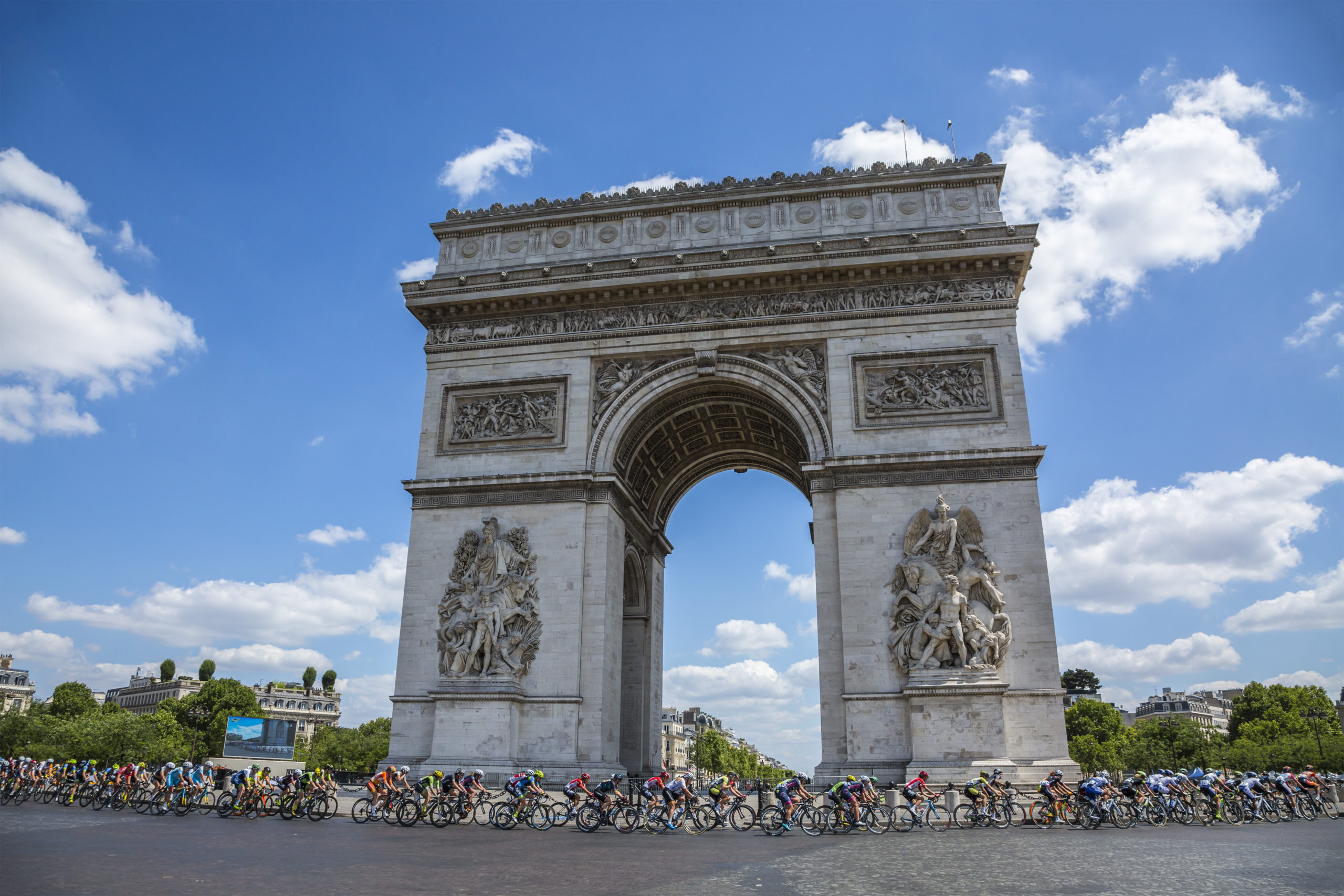
A new era
Paris is not the end of our culinary tour as this July sees the start of the long-awaited Tour de France Femmes, for another eight days of hotly contested bike racing – and a huge step forward in the progress of this sport.
The early part of the race doesn’t stray too far from Paris for a couple of flat days to get the race underway in the north western region. By stage 3, however, we are in the Champagne region and the riders can really start to get their teeth into the racing, as well as the local cuisine.
Stage 3 starts in Reims, the capital of the Champagne region, and what goes best with all of that lovely champagne? Ham, apparently. Reims ham is a must try specialty of the region; a seasoning blend of nutmeg, parsley and shallots are added to pork shoulder before letting it cook in stock and finally coating in yellow breadcrumbs. This sweet and salty delight can be found across the region and is on virtually every menu, served with salad and our old friends the dauphinoise potatoes or cubed as an aperitif. There are plenty of ways to get your fix of this local delicacy.
The remaining stages of the Tour de France Femmes carve their way west towards the final stage atop La Planche Des Belles Filles, passing through stunning countryside including the white roads of Bar-Sur-Aube and its vineyards.
This year’s first edition has already whet our appetite for future years. We’re expecting hard-fought stages and a dramatic GC battle, and of course, the best of Tour de Cuisine along the way.
